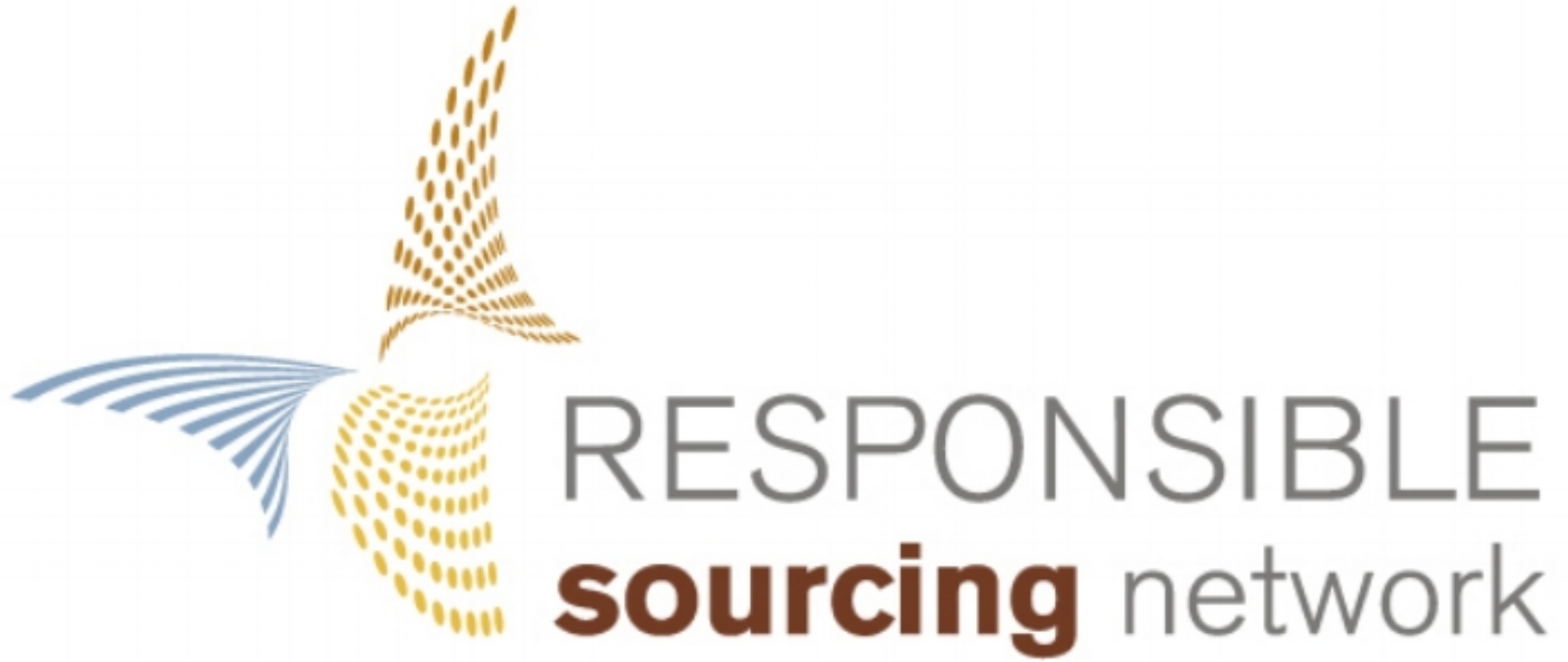Companies Need to Proactively Increase Their Actions on New Minerals Due Diligence
In 2010, Section 1502 of the Dodd-Frank Act spurred action across industries for more transparency in supply chains containing tin, tungsten, tantalum, and gold (commonly referred as 3TG). Almost a decade after the law’s inception, many companies that have had to undertake due diligence of their 3TG raw materials and report to the U.S. Securities and Exchange Commission (SEC), have made strides at different levels to identify and address material risks in their supply chains. Today, new industry-led initiatives are being developed for minerals like mica or cobalt, which are critical to drive technology innovations, as well as traditional commodities, such as steel and coal.
However, it is now time for companies to take the next step and adopt more proactive, comprehensive, and risk-oriented due diligence programs, not only for 3TG, but also for new minerals and traditional commodities. The recent efforts for responsible cobalt sourcing, led by the automotive and technology industries, is a first step in this direction, but remains slow and is only encouraged only by reputational risks.
Amnesty International’s publication in 2016 of the “This Is What We Die For” report shook the cobalt industry by calling out egregious human rights abuses in many of the world’s most prestigious brand companies’ supply chains. The 2017 edition, “Time to Recharge,” increased even more the reputational risks for end companies and forced them to invest heavily to improve their performance in 2018. Responsible Sourcing Network, in its new Mining the Disclosures report, urges companies to adopt proactive measures to address these new risks.
Child labor in the Congolese mines, particularly artisanal and small-scale extractive sites, has contaminated the supply chains of many companies that have taken action on 3TG. From Daimler’s vow to audit its entire cobalt supply chain all the way up to the mine site, to the Cobalt Institute’s Cobalt Industry Responsible Assessment Framework, efforts are underway.
However, downplaying material risks on a wider range of issues has already had disastrous impacts on local communities, human rights abuses, and environmental degradation. While current due diligence efforts focus mostly on human rights abuses, including modern slavery, child labor, and violence spurred by mining revenue, companies’ corporate social responsibility extends further. From the health and safety of Congolese cobalt miners, to water pollution by Brazilian aluminum smelting plants, to labor demands in Chilean copper mines, the range of material risks in minerals supply chains is significantly broader.
In addition, as the demands for minerals change due to innovative electronic products, the regions associated with raw material sourcing expand. For example, in the lithium triangle, between Bolivia, Chile, and Argentina, indigenous groups are denied Free, Prior and Informed Consent over land and water claims, even those these countries provide 48 percent of the global lithium production and hold 54 percent of the world’s reserves. In Russia, Norilsk, one of the most northern cities in the world, is regrettably known as the most polluted due to nickel mining and smelting. New mining technologies are now threatening ecosystems and communities spared by these issues thus far. In the Pacific Ocean, deep sea mining projects are being developed without any appropriate environmental impact studies, such as Japan, which undertook the first large-scale extraction using advanced offshore technology.
Companies and senior management should be alerted by these practices and consider more comprehensive policies and due diligence programs, not only focusing on specific minerals and risks but covering the entirety of their supply chains. Section 1502 is inherently limited by its geographical scope, only focusing on 11 Central African countries, and four minerals. The EU Regulation on conflict minerals, which will reach its implementation phase in 2021, provides an initial answer by adopting an expanded global scope of “high-risks” and “conflict-affected” areas. However, it is left up to corporate actors to adopt sustainable procurement practices for new high-risk minerals.
Developing early due diligence best practices will allow companies to identify and address the most salient issues, while also decreasing their exposure to reputational risks. Initiatives are already in place, and should be supported by corporate actors, that are addressing the entire supply chain. For instance, the Aluminum Stewardship Initiative granted the first upstream Chain of Custody (COC) Certification last July for Rio Tinto, and the first downstream CoC Certification this month for Audi AG. In November 2018 ResponsibleSteel will publish its industry-wide standard, and the Bettercoal Code was updated in 2017.
Companies have been developing industry-wide tools, initiatives, and programs to tackle responsible sourcing of 3TG. It is now time to expand the minerals and regions where high material risks occur, and integrate strong due diligence and assurance mechanisms. Minerals value chains are complex, and the implementation of such management systems and actions will take years to reach their intended impact goals. Nonetheless, these steps are now mandatory for increasingly scrutinized companies and their supply chains; increasing customer and investor awareness and demand for responsibly-produced goods demand it.
